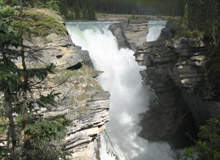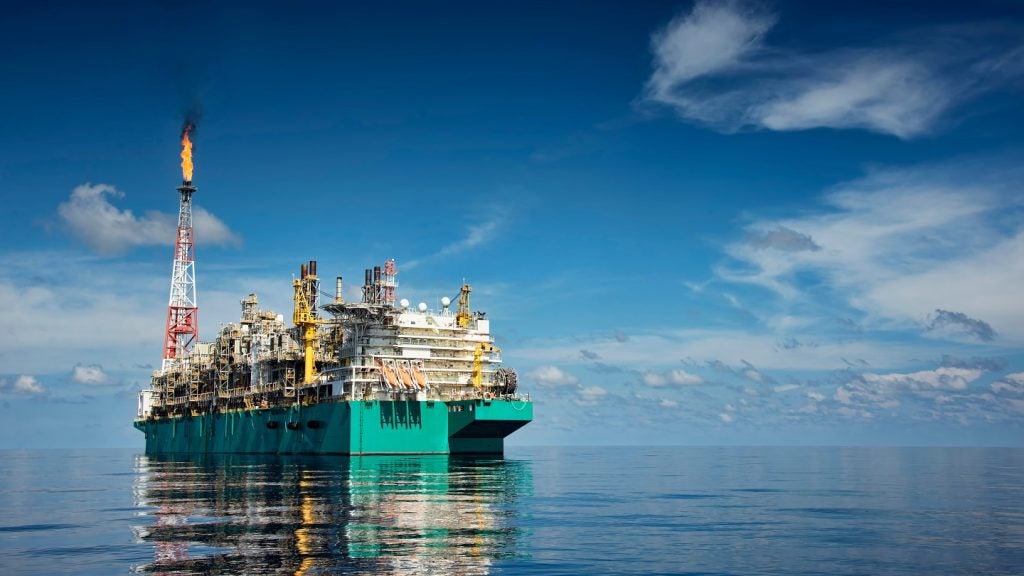
Earlier in 2010, a report by the Canadian Energy Research Institute (CERI) calculated that for tar sands to offer a modest 10% return for integrated mining extraction and upgrading operations, the oil price would need to be sustained at $80 for 30 years. For newer thermal recovery projects, the equivalent figure was $65.
The initial investment per flowing barrel of oil for long-standing mining recovery was put at $112,000. For established production the break-even price is around $40.
Tar sand output is currently 1.3 million bpd, but despite recent investment cutbacks, could still reach three million bpd by 2015. However, Fatih Birol, chief economist at the International Energy Agency, is optimistic.
“At present, the money is simply not right for tar sands players, but I think it will be right,” he says. “I believe that when this economic crisis is over, the oil price will go up again. The era of cheap oil is over and after the crisis we will still be on a high price trajectory.”
However, Birol warns that the end of cheap oil is not by itself enough to see an increase in Canadian oil sands production because there is also the problem of environmental impact.
See Also:
“How the Canadians address this issue is key,” he says. “But we should not put the oil sands aside because it is a major source of energy and its development is being driven in part by concerns over energy security. The Canadian tar sands are as big as the entire Saudi reserves.”
How well do you really know your competitors?
Access the most comprehensive Company Profiles on the market, powered by GlobalData. Save hours of research. Gain competitive edge.

Thank you!
Your download email will arrive shortly
Not ready to buy yet? Download a free sample
We are confident about the unique quality of our Company Profiles. However, we want you to make the most beneficial decision for your business, so we offer a free sample that you can download by submitting the below form
By GlobalDataHold on investments
The CERI report coincided with a major hiatus in capital spending as big, new projects were put on hold because of price uncertainty and cost inflation as well as because of the downturn.
Total, already involved in the oil sands, pulled back from a $15.7 billion hostile bid for local operator Nexen in December 2008, allegedly for this reason. However, early in 2009 it bought 50% of American Shale Oil in the US for an undisclosed sum and made an unsuccessful bid for control of another Canadian oil sands developer UTS Energy.
Though cost inflation may now be mitigated by the downturn, with suppliers willing to renegotiate and high labour costs flattening, if not actually falling, the impact on a range of key projects has been profound.
This spring, Canadian Natural Resources, ranked the country’s number two tar sands operator, finally brought onstream its Horizon project, 43% above the original budget and months late. However, problems with the primary upgrader have delayed hitting the 110,000bpd output. The company has cut back new investment by 20% this year and announced it was refocusing on debt repayment.
Among the major tar sands investments put on hold or being rethought are Syncrude’s planned capacity expansion from 350,000bpd to 500,000bpd, Shell’s 100,000bpd expansion of its 230,000bpd Athabasca mine and its 100,000bpd Peace River thermal recovery plans.
Before Petro-Canada was taken over in May by rival tar sands miner Suncor Energy to form a new company named Quantum, it had also delayed by two years its $11.2 billion Fort Hills mining project and was seeking to ease existing supplier contracts.
“High costs and rising losses have depressed the prices of tar sand operators, which makes them a target for strategic investors with big pockets,” according to an industry analyst who asked not be named.
“Big players such as Shell, Total and StatoilHydro are already here and smaller enterprises such as the Korea National Oil Corporation are due to bring onstream 10,000bpd next year. The Chinese are also here with Sinopec and CNOOC taking small positions in new projects. But these are all long-term bets on a sustained oil price recovery. Local mergers offer easy win cost reductions, but in the end the challenge for every oil sands operator is not controlling inputs, but finding price stability for the product.”
Oil’s environmental disappointments
Then there is the gamut of environmental issues from land use (mines now cover 200 square miles of Alberta), massive water consumption, treatment and storage, power consumption for upgrading and carbon emissions from the tar sands mining process itself, which environmentalists argue are only marginally reduced by in situ thermal recovery.
Campaigners maintain that oil production from tar sands comes at too high an environmental price. Successive federal and state governments long indulged the bitumen miners because of the economic benefits they represented. It was sufficient that the operators promised to work on pollution control and tackle the ecological time bomb of dangerous substances in the ever-growing tailings ponds, now covering some 20 square
miles.
Syncrude, which spends $40 million annually on environmental impact mitigation technology that it licenses to the rest of the industry, has been pioneering the filtering of the ponds with gypsum and growing salt-resistant plants that break down the toxic naphthenic acids in the bitumen present in the tailings.
But in the face of increased environmentalist lobbying locally and across the border in the US, and emboldened by the green agenda of the new Obama administration, the Canadian authorities have been moved to push for faster action. This year the Alberta Energy Resources Conservation Board announced the industry had four years to halve the amount of toxic fine particles amassed in tailings ponds. It also said that producers had failed
consistently to meet the environmental targets they themselves had set when seeking permission for new or expanded production.
Ironically, Syncrude, which has invested heavily in promoting its green credentials – much of its literature majors on generations of inspired employees and high levels of environmental responsibility rather than the messy business of bitumen extraction – fell foul of the regulator about the poisoning of 500 migrating ducks in a tailings pond.
This May, an increasingly powerful lobby group, the Oil Sands Environmental Coalition (OSEC), targeted Shell’s Muskeg River project expansion and its Jackpine oil sands mine, arguing to the regulator that the company had failed to honour 2007 commitments to cut greenhouse gas emissions from these operations.
Shell responded by saying it was waiting for new Federal guidelines before finalising its own emission controls, which the OSEC claimed indicated that it is in breach of its original agreement and has thus triggered a reappraisal of the projects’ permissions.
Water: an unthinkable reality
Water use is becoming another environmental battleground. It can take up to five barrels of water to produce one barrel of oil. If 2015 output targets are hit, it is predicted the industry will need half a trillion gallons of water a year.
The pressure to recycle water, cut back consumption and preserve flows in waterways, such as the Athabasca River, is not coming just from environmental protesters but also the Alberta authorities in the state capital Edmonton, where the once unthinkable prospect of water shortages is now being considered.




